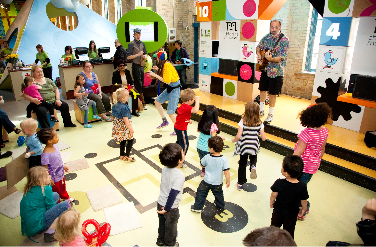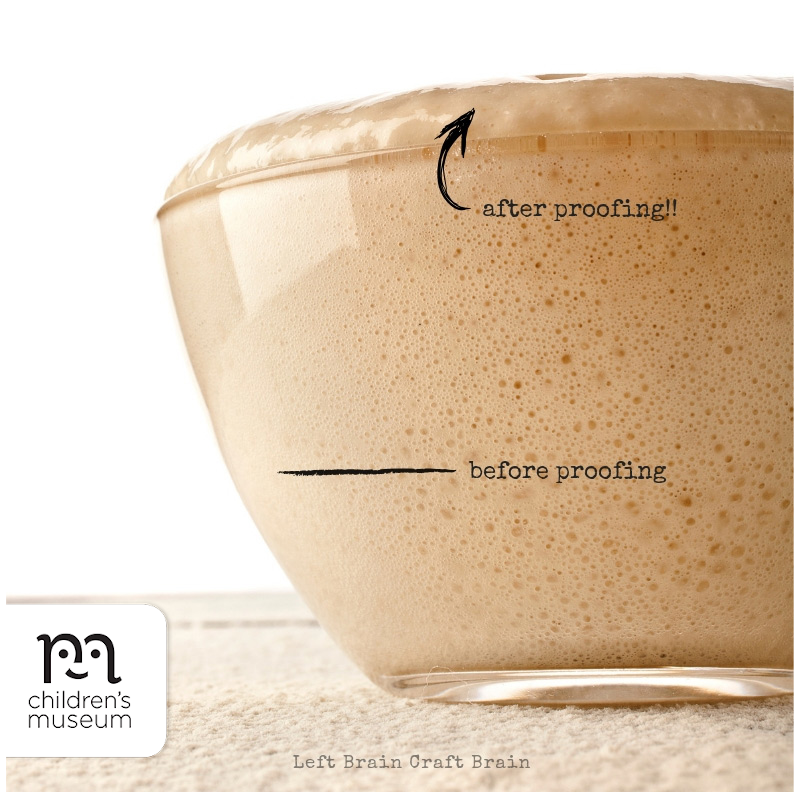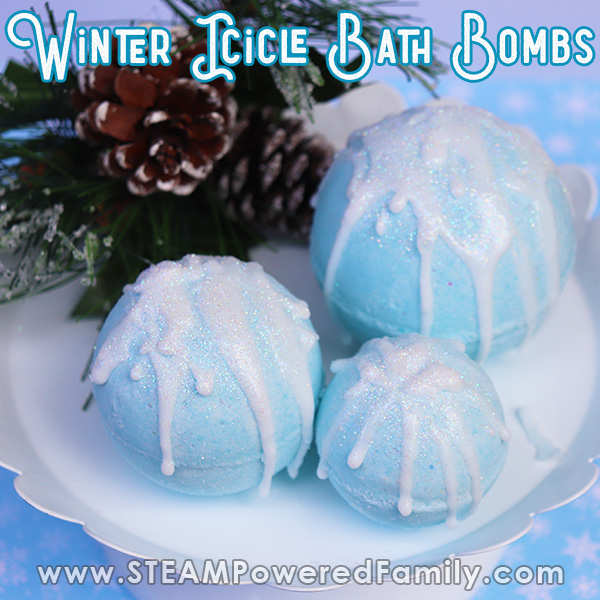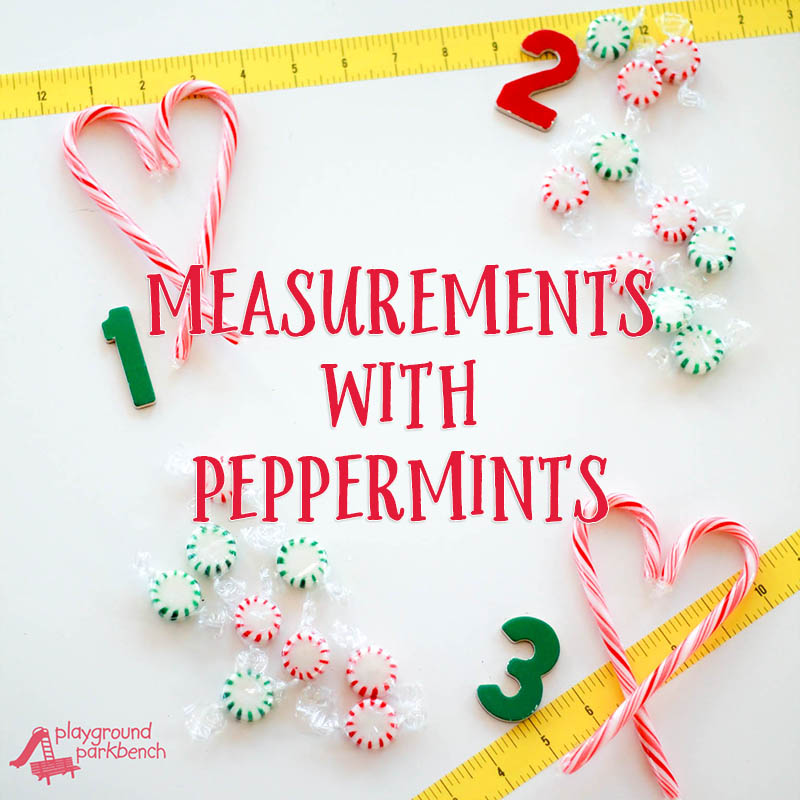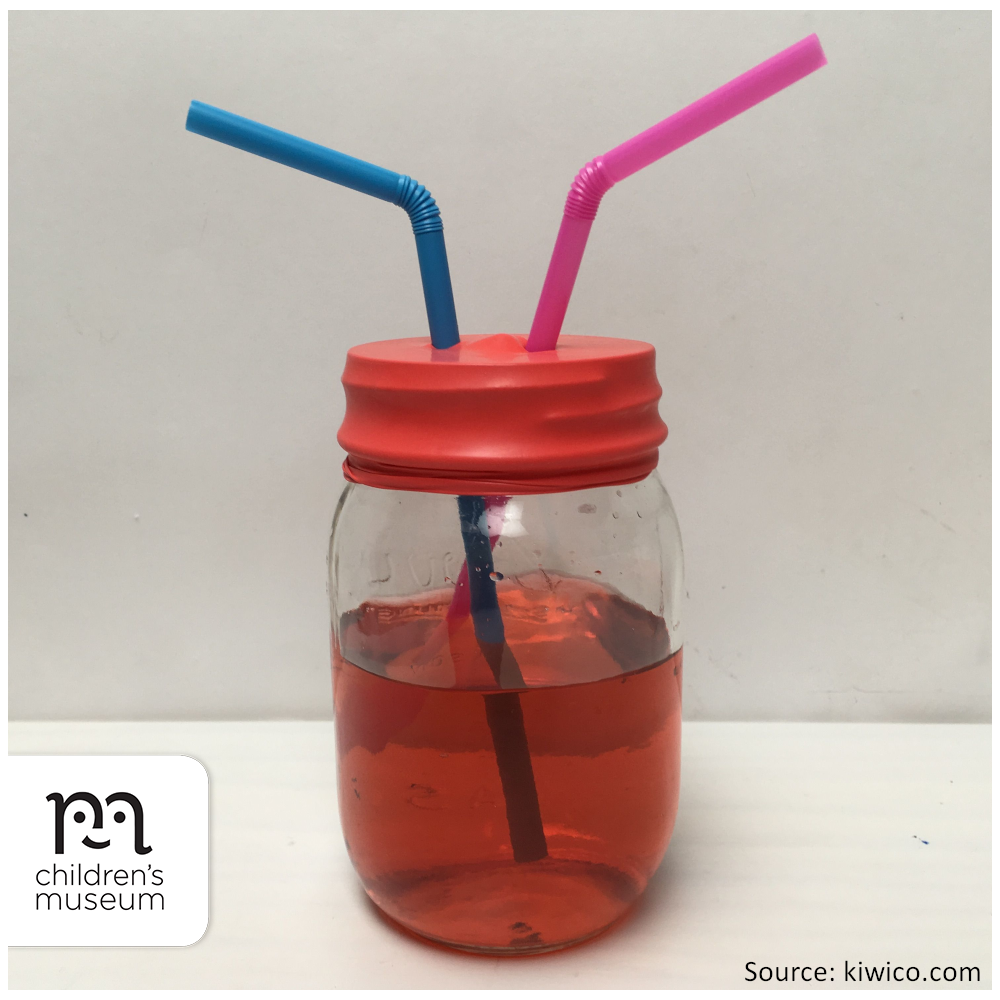ALL ABOARD: WE’RE GATHERING STEAM
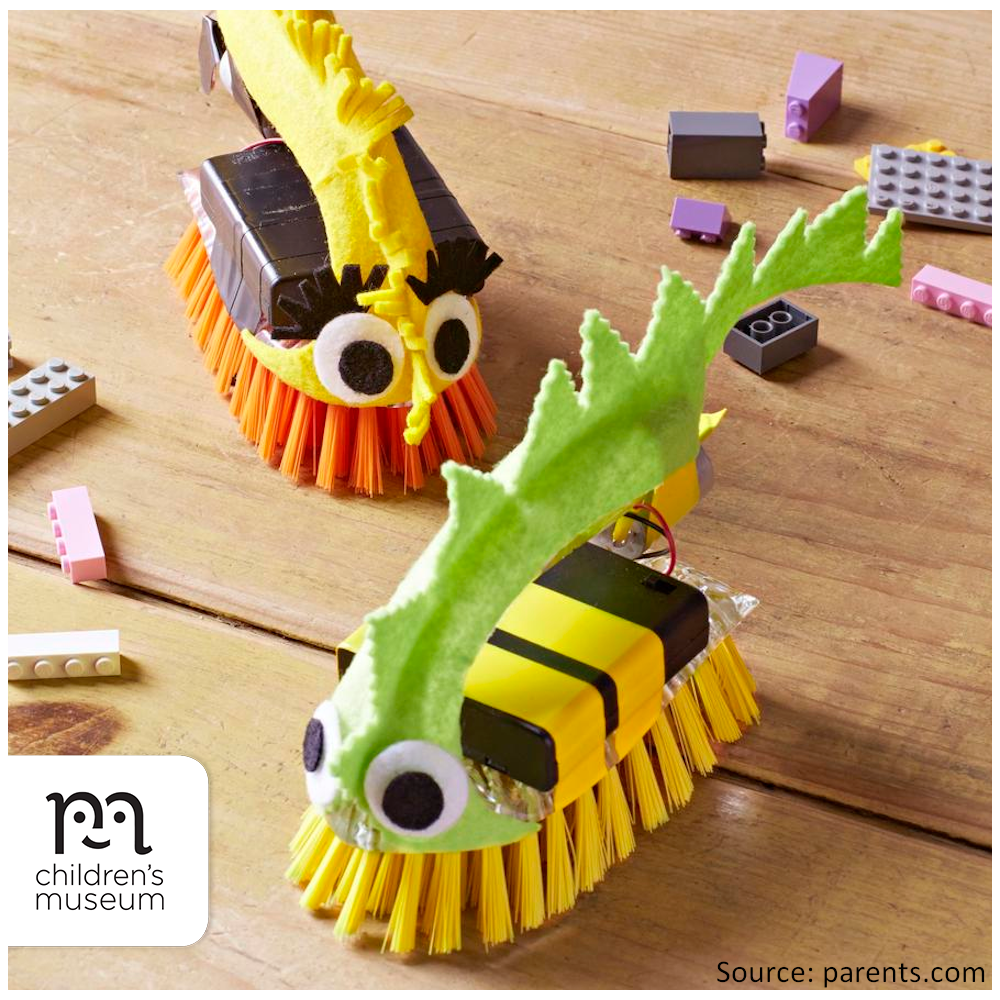
Source: parents.com
This fun and fun-to-build brushbot moves on its own. Just don’t expect it to clean the floors!
Materials
- Four AA batteries
- 6-volt battery case with wire lead terminals and an on-off switch
- 6-volt hobby motor
- Electrical tape
- Washer, dime, or other small, flat object
- Kitchen brush
- Duct tape
- Felt
- Scissors
- Tacky glue
Directions
- Put batteries in the battery case. Connect the leads to the hobby motor (it doesn’t matter which colour lead connects to which), and secure the wires in place with electrical tape. Attach the washer to the motor’s shaft with electrical tape.
- Attach the battery pack and motor to the brush with duct tape, and decorate as desired with felt and duct tape. (Just make sure you can still access the on-off switch!)
- Turn it on to see it move on its bristle “feet.”
Spark Creative Learning!
This STEAM activity for kids creates a simple circuit, a closed path that an electrical current travels through. The battery provides the electricity, and the wires conduct it to the motor. When the motor’s shaft spins, the washer throws it off-balance, making the whole motor – and the brush along with it – vibrate and move.

